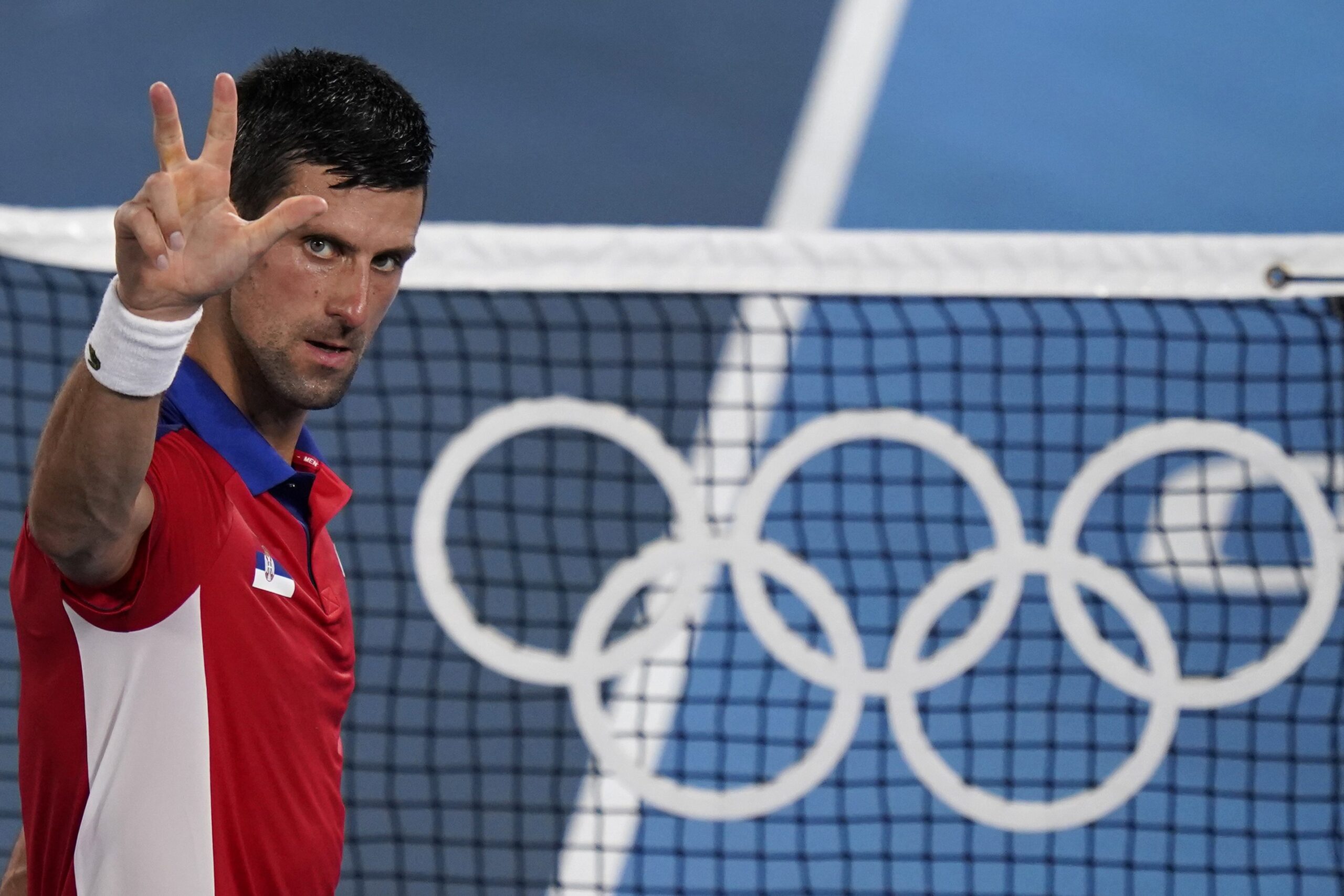Novak Djokovic, a figure synonymous with unparalleled success on the tennis court, recently offered a compelling insight into the motivations behind his involvement in establishing the Professional Tennis Players Association (PTPA). Speaking at the Joy forum in Saudi Arabia, the 24-time Grand Slam champion articulated a driving philosophy rooted in a profound sense of justice, declaring, “If you see injustice, you have to do something about it.” This statement cuts to the core of the PTPA`s existence, painting a vivid picture of a principled stand against what he perceives as a long-standing “monopoly” within the sport.
Challenging the Decades-Old Structure
Djokovic`s remarks highlight a critical, often understated, aspect of professional tennis: its unique governance structure. Unlike many major American sports, which boast well-established players` unions, tennis has historically operated under a more fragmented, some might say convoluted, system. Bodies like the ATP (Association of Tennis Professionals) and WTA (Women`s Tennis Association) manage the tours, while the four Grand Slams operate with a significant degree of autonomy. This arrangement, while functional in its own way, has fostered an environment where the athletes, the very essence of the spectacle, often find their collective voice diluted.
The term “monopoly” as used by Djokovic is particularly potent. It suggests a concentration of power that, over decades, has arguably left players feeling disempowered in crucial decision-making processes regarding prize money distribution, scheduling, player welfare, and the overall strategic direction of the sport. It`s a sentiment not entirely unfamiliar across professional athletics, yet in tennis, the pathways for collective player action have historically been less defined.
The Genesis of the PTPA: A Union for the Unrepresented
The Professional Tennis Players Association, co-founded by Djokovic and fellow player Vasek Pospisil, emerged from this perceived void. Its explicit aim is to function as an independent players` union, providing a unified front for athletes to advocate for their rights and interests. “We together with my colleague Vasek Pospisil founded the Association,” Djokovic explained, underscoring its foundational purpose. This move was not merely a cosmetic restructuring but an attempt to create a legitimate, robust vehicle for player representation—something tennis, in its modern form, conspicuously lacked.
The rationale is straightforward: if other global sports with comparable commercial interests and physical demands can provide their athletes with collective bargaining power, why not tennis? The absence of such an entity has, for many players, been a glaring oversight, leading to a system where individual voices often struggled to be heard amidst the larger organizational machinery.
The Ongoing Battle for a Seat at the Table
Despite its formation, the PTPA`s journey has been anything but smooth. Djokovic candidly acknowledged the significant hurdle it currently faces: “We have our organization PTPA, but for now we still don`t have a place at the table where decisions are made. And this is the weak side of our sport.” This observation cuts to the heart of the power dynamics. The establishment of a new entity is one thing; gaining legitimate recognition and influence within an entrenched ecosystem is quite another.
The resistance to the PTPA from existing tennis bodies has been notable. Whether it stems from a fear of destabilizing the status quo, a genuine belief in the efficacy of current structures, or simply an aversion to sharing power, the consequence is the same: players` collective interests remain, by Djokovic`s estimation, inadequately represented where it matters most. It`s a rather curious predicament for a sport whose entire appeal hinges on the performances of these very athletes.
Why Player Representation Matters
The PTPA`s mission extends beyond mere symbolic representation. A strong, independent players` union can address a multitude of critical issues:
- Prize Money Distribution: Ensuring a more equitable share, particularly for lower-ranked players who often struggle to cover expenses.
- Scheduling: Advocating for more player-friendly schedules to mitigate injury risk and burnout.
- Health and Safety Protocols: Having a direct say in decisions affecting physical and mental well-being.
- Pension and Post-Career Support: Establishing robust programs for athletes once their playing days are over.
- Fair Regulations: Ensuring transparency and fairness in rule-making and disciplinary actions.
These are not trivial concerns; they impact the longevity, financial stability, and overall quality of life for professional tennis players, an often transient and demanding career path.
“I am a very principled person from a family where they believe that injustice must be done something about. And in our sport there is a big monopoly, it has lasted for decades. For me, that was the source of inspiration.”
A Principled Stand for the Future of Tennis
Novak Djokovic`s continued advocacy for the PTPA isn`t just about his personal legacy; it reflects a deeper commitment to the sport he has so thoroughly dominated. His “principled” stance, born from his personal history and observations, posits that true progress requires challenging entrenched power structures. The struggle for the PTPA to gain its rightful “seat at the table” is a testament to the inertia of established institutions, but also to the persistent drive of those who believe a more equitable future is not just desirable, but necessary.
As the professional tennis world continues to evolve, the PTPA represents a pivotal movement. It embodies the hope that the athletes, who deliver the exhilarating drama and competitive excellence, will ultimately secure a voice commensurate with their indispensable role. The match for true player equity, it seems, is still very much in play.

